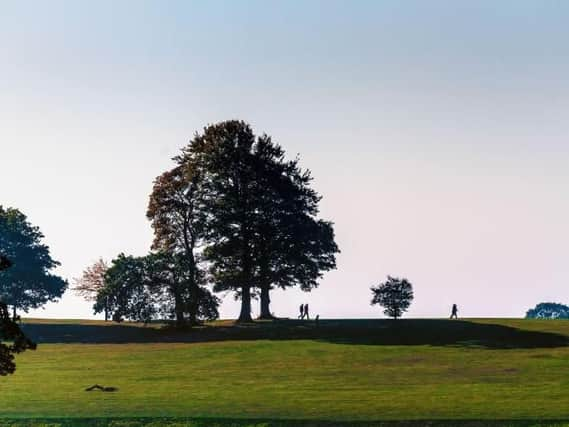Can the Leeds transport system really cope with 80,000 Ed Sheeran fans in Roundhay Park?


Roundhay Park is one of the biggest city playgrounds in Europe, with more than 700 acres of green space. That’s plenty for everyone, but not when they all descend on it at once - which is what will happen in the summer when Ed Sheeran performs two concerts there.
118,000 tickets sold already for Ed Sheeran's Leeds concertsThe decision this week by Leeds City Council to quadruple its capacity for events like this, from 20,000 to 80,000, is odd on a number of levels. The park itself can accommodate that many people but the surrounding roads certainly cannot.
Advertisement
Hide AdAdvertisement
Hide AdI’m speaking from experience. It was on a hot Sunday in July 1982 that first large-scale music event was staged there. The Rolling Stones were the star attraction and 120,000 people, including me, turned up to see them. It was the last date on their world tour and there was a rumour that Mick Jagger would end it by announcing they were disbanding.
Council decide to increase Roundhay Park's capacity for large-scale eventsI lived only 15 miles away but it is no exaggeration to say it took me most of the day to get there. Even with the reduced traffic levels of nearly 40 years ago and with no shops open, there was gridlock the likes of which I have not seen since. Solid lines of cars choked every main road. There was no way out, no way back, no direction home.
Once in the park, there was literally no room to move. A few bedraggled souls, who looked as they were only just back from Woodstock, laid out picnics on the perimeter, but within the ticketed area not a blade of grass could be seen beneath the solid sea of people.
For such a large event, it had a curiously home-made feel. A film made by the police shows a joiner mending the perimeter fence, and people sneaking through it before a constable and the dog handlers arrive. A sign reads, ‘no bottles, cans, glasses or alcoholic drinks allowed’.
Advertisement
Hide AdAdvertisement
Hide AdWill it be worth running the gauntlet of the Friday traffic to see the first of Sheeran’s concerts?
Some 53,000 people seem to think so. That is how many had been sold tickets before the council had even decided to increase the park’s capacity.
It was an oversight not lost on some of the locals, who registered objections to the likelihood of more traffic, not to mention noise, antisocial behaviour and the threat to wildlife.
“Who thought it would be OK to start selling tickets and leave it until a couple of months before the event to get permission? How is that democracy?” asked one.
Advertisement
Hide AdAdvertisement
Hide AdThe council’s response, that it had commissioned buses to shuttle concert-goers between the park and the city centre, hardly seemed to cover it. It would take 1,100 double deckers, by my maths, to accommodate everyone.
Buses were also laid on last summer in Sheffield, when the annual Tramlines music festival was staged at Hillsborough Park. But its audience was vastly smaller – not quite 30,000, said its organisers – and in any case, Sheffield is better connected. It has a network of trams running between the two locations – a facility whose absence in Leeds stunts its growth and shames its planners.
It is not just its popularity that makes Leeds as congested as it is; the systematic policy it has pursued of prioritising a public transport system too dysfunctional for anyone with a choice to consider using, has made its roads progressively less navigable with every year that has passed since that concert in 1982. Another one now, on a weekday evening, no less, strikes a discordant note.